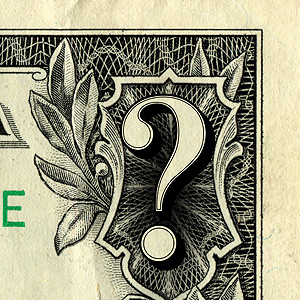There’s a clash of ideas in Richard Werner’s work and that of Monetary Realism’s. I’ve had a stack of papers on my desk here by Werner, a German economist, that I’ve been meaning to write posts about for weeks. But they’re so good that I don’t to do them injustice. But then today I am clicking through my FT links and I see this:
“There are different types of money. The first is legal tender paper money. This is mainly used by the public for petty transactions and amounts to only about 3 per cent of the total money supply. Another type of money also created by the central bank is solely for the use of its clients, the banks. This is reserve money. It stays in the banks’ accounts at the BoE to settle their claims against each other. If one bank reduces its reserves, this raises those of another bank, leaving the total amount of this closed-loop money unchanged. It normally also amounts to about 3 per cent of the money supply, but it never circulates in the economy and as such is not really money. So what about the money that is used for most transactions and accounts for the bulk of the actual money supply?
As Martin Wolf has pointed out, it is created by profit-oriented companies, the banks, when they do what is commonly referred to as “lending money”. But they don’t lend existing money. Instead, they newly invent the money that they lend…”
That’s perfect. MR describes the money types as outside money and inside money. That is, inside money is the money that’s created inside the private sector by banks (bank deposits). And outside money is the money created by the government outside the private sector. As Werner notes, the money that matters most is inside money. Outside money just facilitates the use of inside money (for instance, cash allows withdrawal of money for someone who has an inside money account and reserves or central bank money simply help settle interbank payments and smooth the efficiency of the payments system).
Anyhow, he has some other thoughts on having the government borrow directly from the banks, but that’s the policy side of things. Me, I am more interested in getting the operational description exactly right and Werner seems to really get it.
Mr. Roche is the Founder and Chief Investment Officer of Discipline Funds.Discipline Funds is a low fee financial advisory firm with a focus on helping people be more disciplined with their finances.
He is also the author of Pragmatic Capitalism: What Every Investor Needs to Understand About Money and Finance, Understanding the Modern Monetary System and Understanding Modern Portfolio Construction.


Comments are closed.